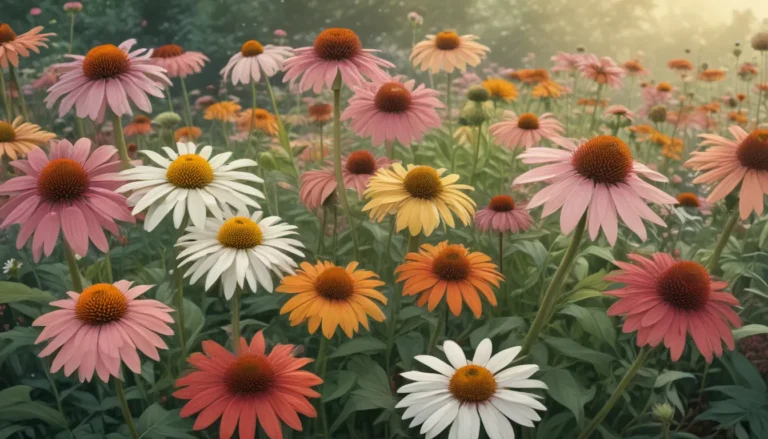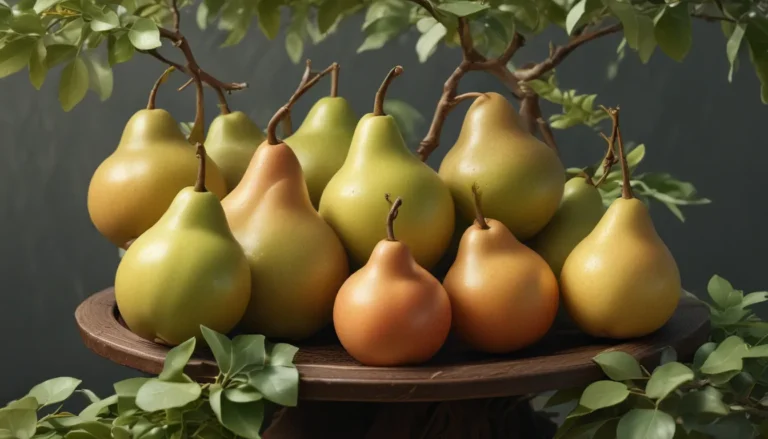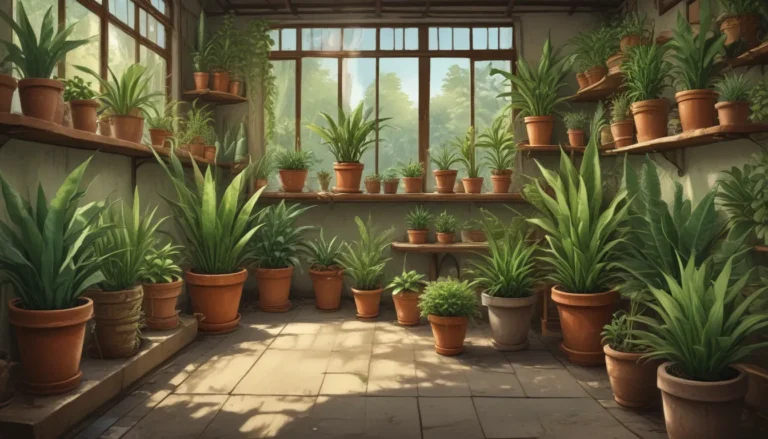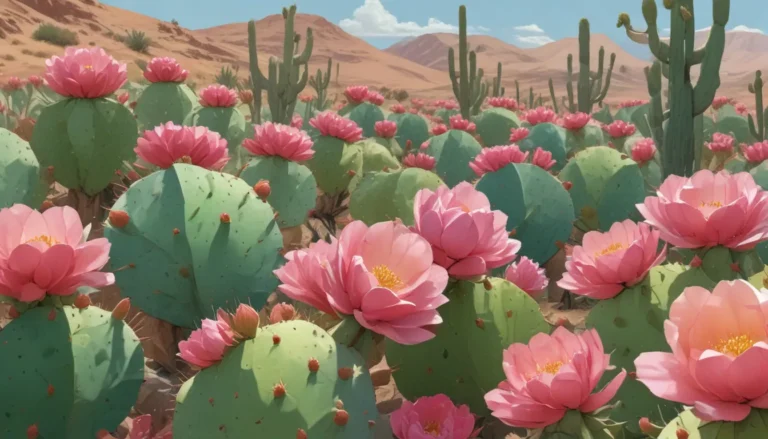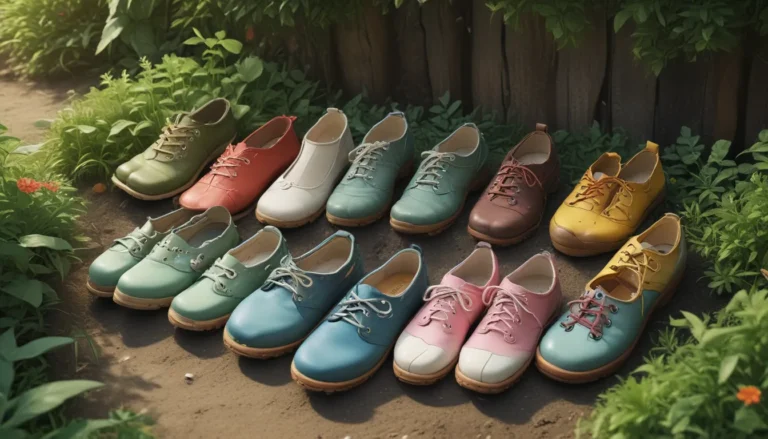The Ultimate Guide to Growing and Caring for Dazzling Daffodils
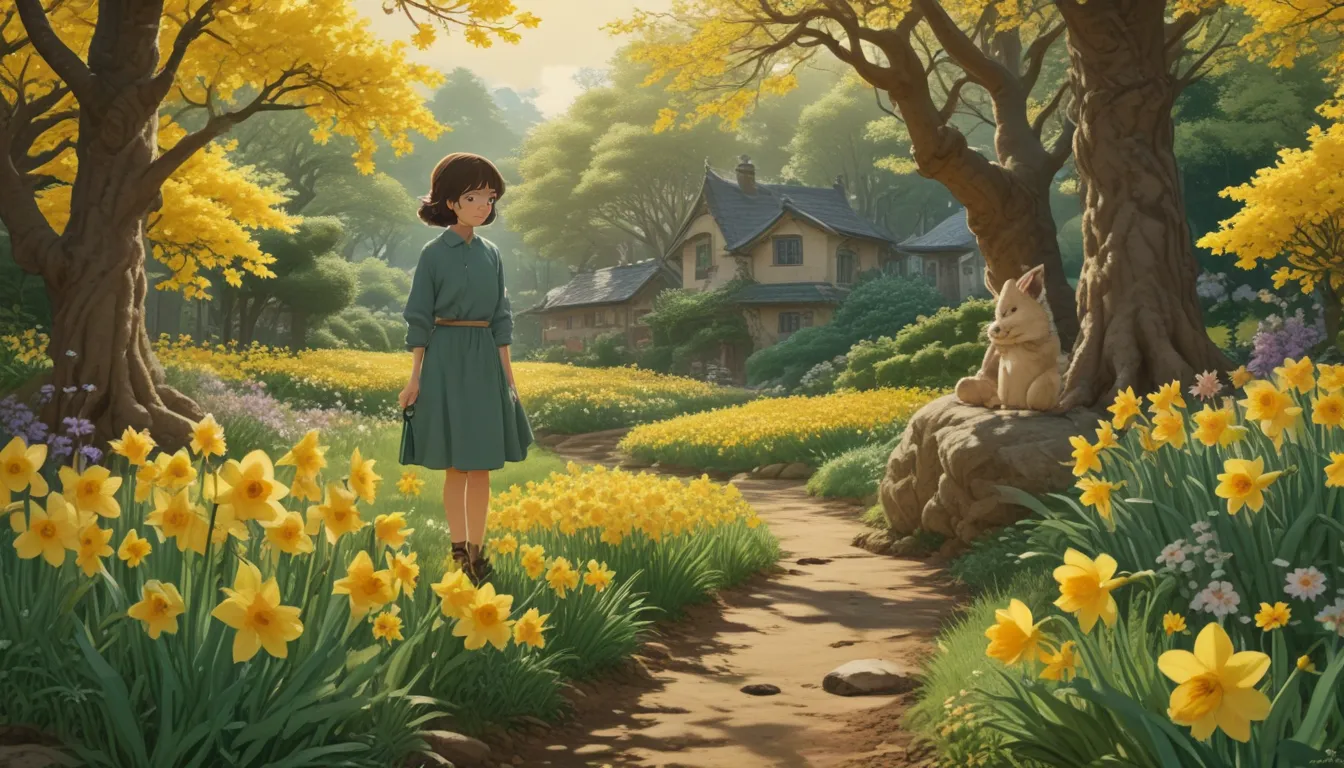
Narcissus: Beauties of the Spring Garden
Do you find yourself drawn to the bright and cheery presence of daffodils in the garden? Narcissus, commonly known as daffodils, are a delightful addition to any garden, boasting vibrant hues of yellow and white that can brighten up any space.
These beautiful flowers belong to the genus Narcissus in the Amaryllidaceae family, with over 50 species and numerous hybridized cultivars to choose from. While traditionally known for their yellow and white shades, modern varieties also come in pink, coral, and orange hues.
The central corona of a daffodil is trumpet or cup-shaped, surrounded by six petals known as tepals. The petals can match the corona’s color, intensify it, or create a striking two-toned effect, making each variety unique.
You may also know daffodils by other names such as narcissus or jonquils. Whatever you choose to call them, these spring favorites are a must-have for any garden.
Delving Into Daffodil History and Cultivation Tips:
Let’s dig a little deeper into the fascinating history and cultivation of daffodils to help you grow these beauties successfully:
- Historical Tidbits: According to Roman naturalist Pliny the Elder, the word narcissus originates from the Greek word ‘narkao,’ meaning narcotic, alluding to the captivating fragrance of these flowers.
- Cultivation Insights: Hardy in Zones 3 to 9, daffodils prefer open areas such as grasslands, hillsides, and woodlands. They thrive in lightly acidic soil and require exposure to cold temperatures for proper growth. Propagation can be done through offset development or basal division for efficient growth.
Top Tip: When it comes to planting daffodils, remember to select high-quality bulbs, plant them in the fall, and choose a well-drained, moderately fertile location for optimal growth.
Exploring Daffodil Varieties for Extended Blooms:
Daffodils come in a wide range of varieties, offering a spectrum of colors, sizes, and bloom times. To enjoy a prolonged flowering season, consider planting a mix of early, mid, and late-blooming varieties.
- Variety Selection: From dainty minis like ‘Tete-a-Tete’ to majestic standards like ‘King Alfred,’ you can choose from an array of daffodil varieties to suit your garden’s aesthetic.
- Bloom Times: By selecting early, mid, and late bloomers, you can extend the daffodil season in your garden, enjoying blooms from mid-January to mid-May.
Pro Tip: Planting daffodils in groups based on their bloom times can create a visually stunning display that lasts for months. Don’t forget to explore a variety of colors and fragrances for a truly enchanting garden experience.
Where to Find Daffodil Bulbs:
Ready to bring these delightful blooms into your garden? You can purchase daffodil bulbs at local nurseries, through seed catalogs, or online retailers. Here are a few popular options to consider:
- All Star Narcissus Mix: A vibrant blend of daffodil bulbs available in various package sizes.
- ‘King Alfred’: A traditional favorite, the ‘King Alfred’ daffodil comes in packages of different bulb quantities.
- Pretty in Pink Mix: For a unique touch, try the ‘Pretty in Pink’ variety pack, offering a range of sizes to suit your needs.
Extra Flair: Explore our list of “15 of the Best Daffodil Cultivars for Naturalized Plantings” for even more options to enhance your garden’s beauty.
Mastering Daffodil Planting and Care:
To ensure your daffodils bloom beautifully year after year, follow these planting and care tips:
- Planting Procedures: Select high-quality bulbs, plant them in the fall, and remember to leave ample space for natural growth.
- Care and Cultivation: Keep the soil moist during the growing season, fertilize appropriately, and refrain from mowing until summer to nurture healthy bulbs for the next season.
Expert Advice: For a naturalized look, cast daffodil bulbs across the planting area rather than in rigid patterns. Use a bulb planter for effortless planting and remember to fertilize mature plants as new leaves emerge for optimal growth.
Enhancing Your Garden with Daffodil Floral Displays:
Daffodils aren’t just garden beauties—they also make stunning fresh-cut flowers for indoor arrangements. Here’s how you can maximize their beauty indoors:
- Forcing Indoor Blooms: To enjoy daffodils indoors during winter, consider forcing bulbs in containers or water.
- After-Flower Care: Post-bloom, deadhead, and maintain the leaves until they wither naturally for robust bulb growth.
Fun Fact: Daffodils forced indoors can bloom early, offering a preview of spring’s beauty before the outdoor flowers begin their show.
Handling Daffodil Pests and Problems:
While daffodils are resilient plants, they can face challenges from pests and diseases. Here’s how you can combat common issues:
- Fungal Concerns: Treat fungal infections promptly to prevent bulb rot and yellowing of leaves.
- Pest Management: Watch out for slugs and snails munching on daffodil leaves, and take proactive measures to control them naturally.
Garden Guardians: Daffodils are deer and rodent resistant, making them an excellent choice for gardens prone to wildlife damage.
Embracing the Beauty of Daffodils Year-Round:
As winter fades and spring beckons, daffodils emerge as nature’s promise of new beginnings. To savor their charm throughout the seasons, follow our guide to growing, caring for, and enjoying these delightful blooms in your garden.
Want to learn more about spring blossoms and garden delights? Explore our other guides on growing crocus flowers, cultivating irises, and nurturing hardy snowdrops for a magical garden experience.
Do you have any insights or queries about daffodils? Share your thoughts with us in the comments below, and let’s continue exploring the wonders of gardening together!
As you delve into the world of daffodils, may your garden bloom with vibrant colors and sweet fragrances, celebrating the joy of each spring season!
